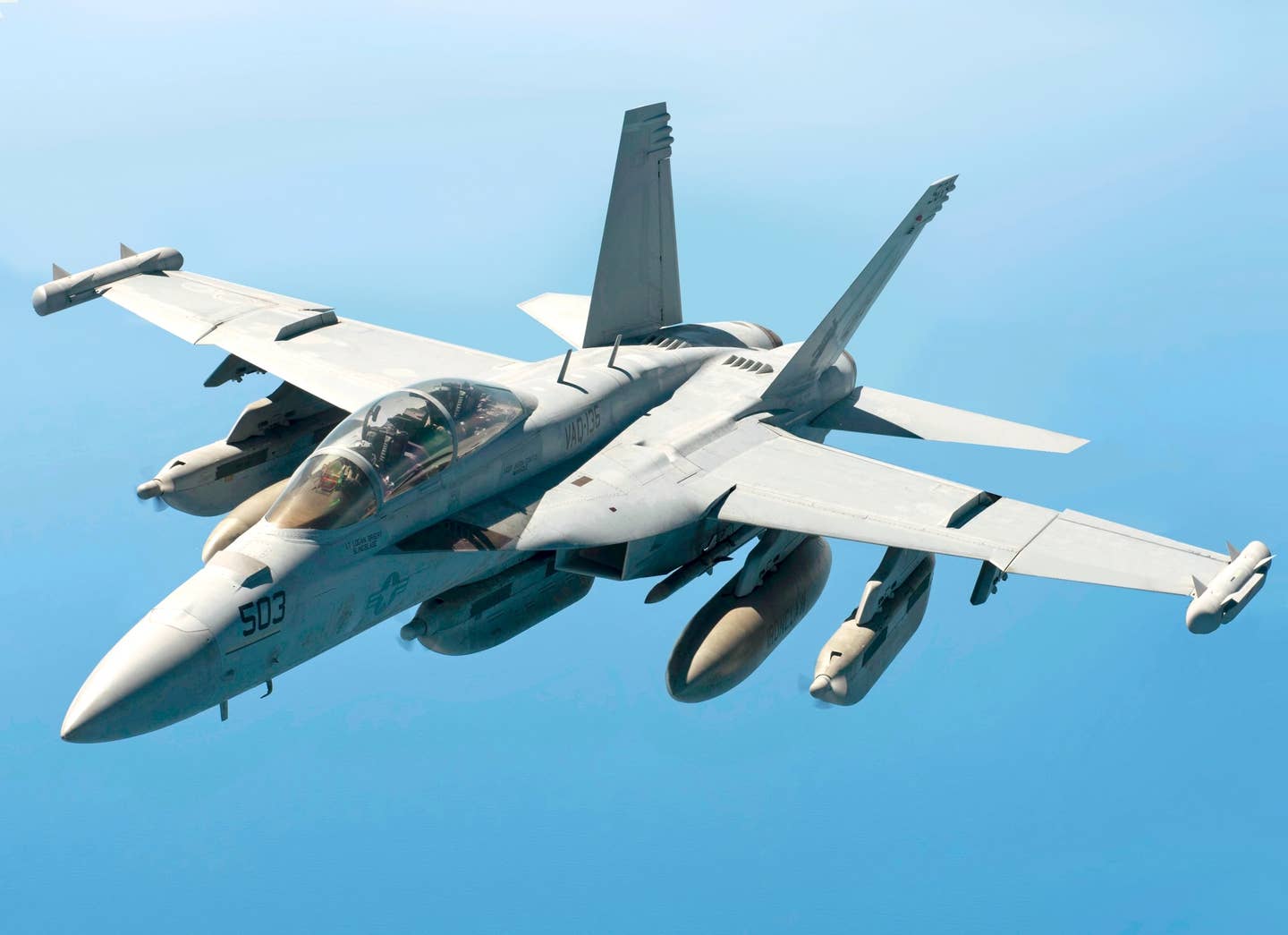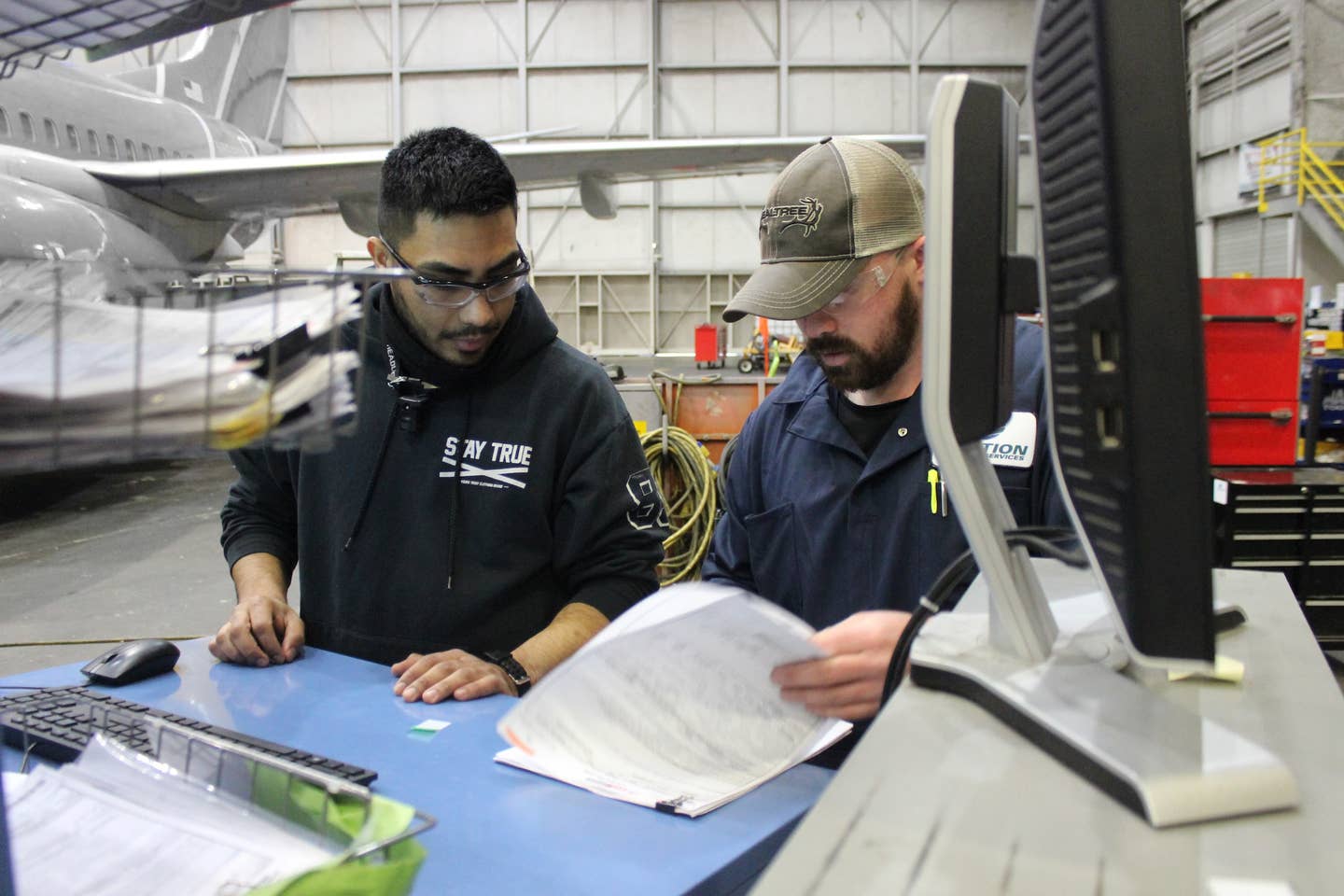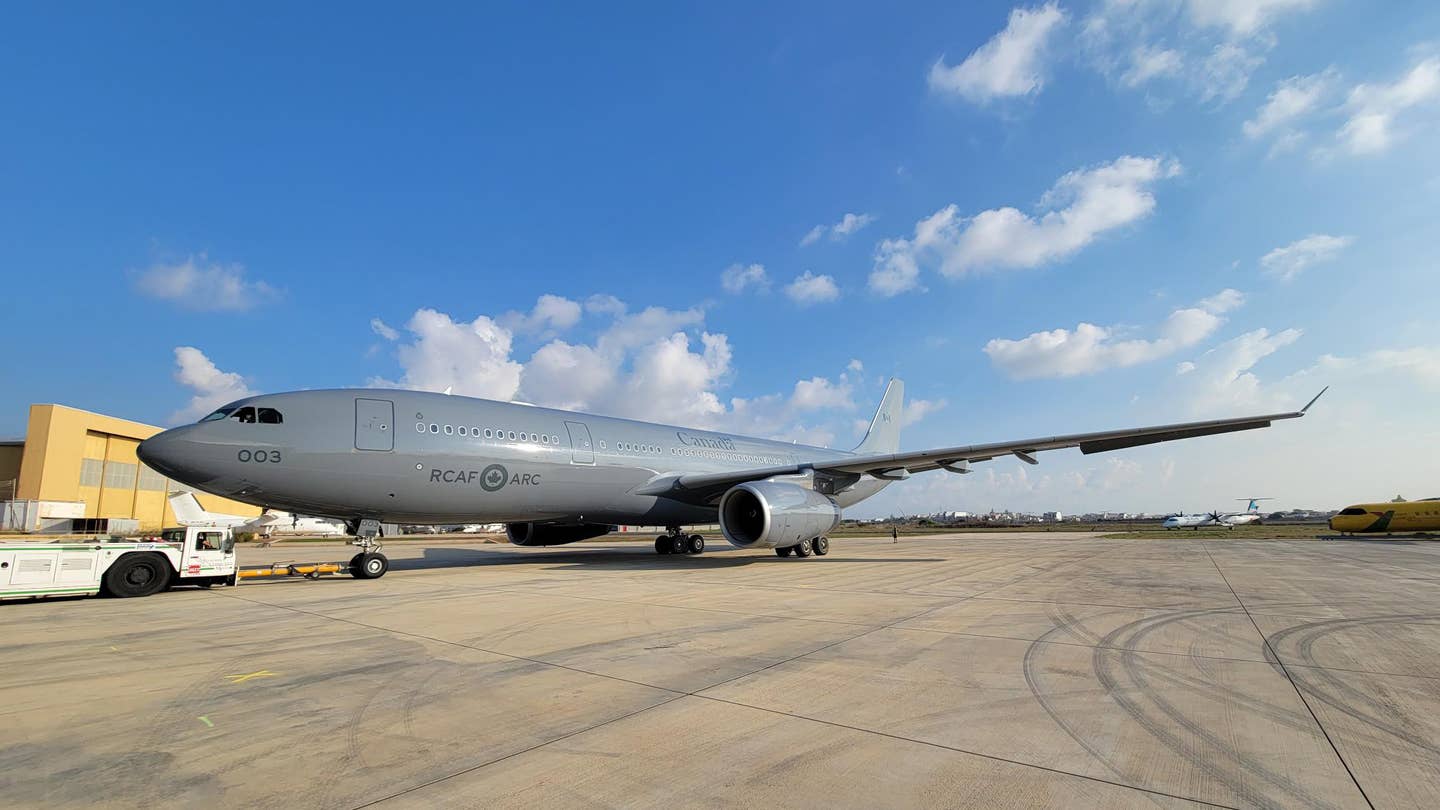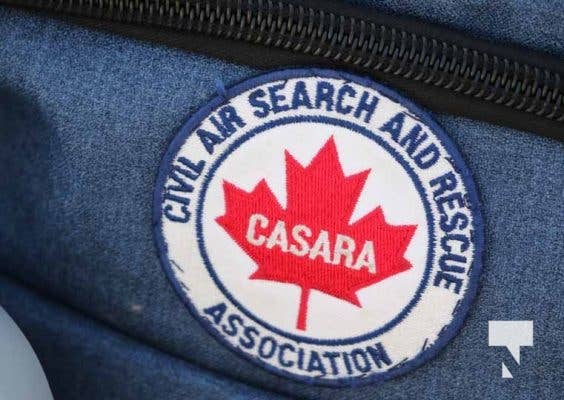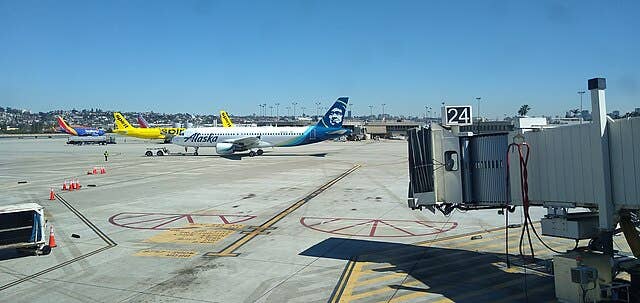Balloonists Get Break On ADS-B
The FAA and the lighter-than-air industry have reached a longer-lasting agreement on ADS-B equipage and controlled airspace operations. Going forward, balloon operators who want to operate in Class C airspace…
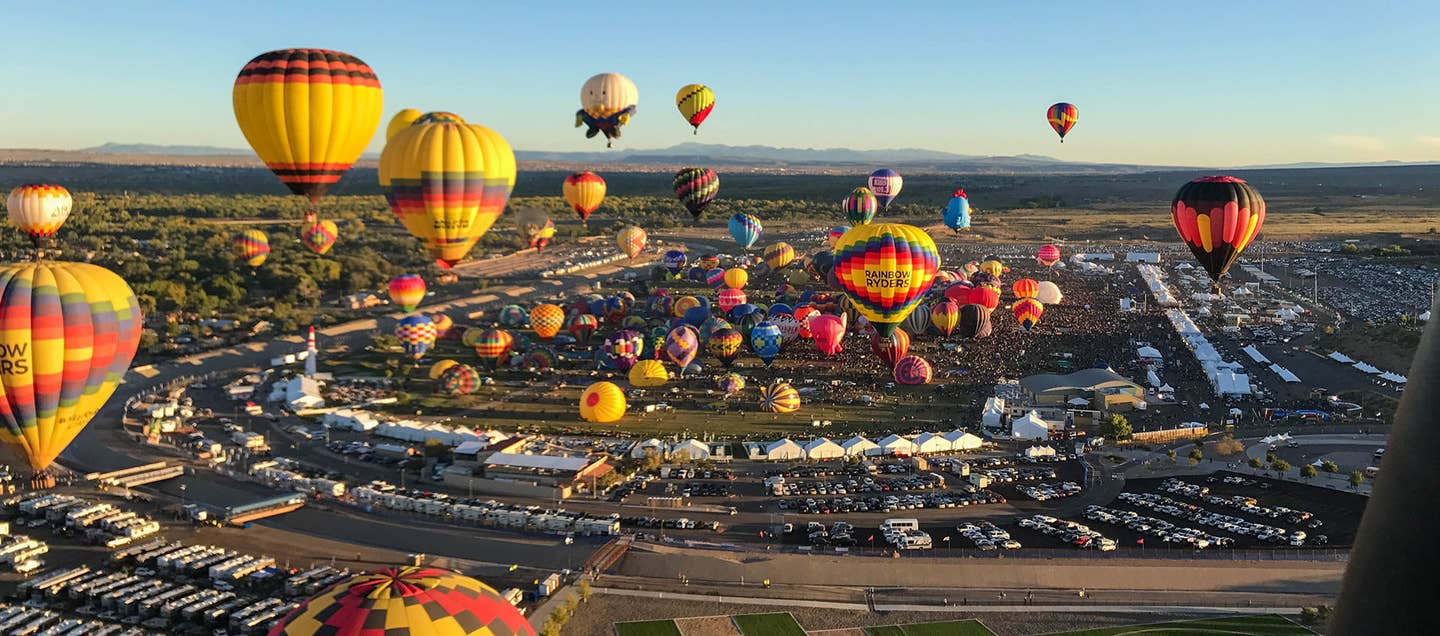
The FAA and the lighter-than-air industry have reached a longer-lasting agreement on ADS-B equipage and controlled airspace operations. Going forward, balloon operators who want to operate in Class C airspace can sign a letter of agreement with the FAA that sets out ground rules. The deal was reached over a year of discussions between balloon industry leaders and the agency. “It’s great having an understanding of the expectation, the rules, and also all the new relationships that we’ve developed with air traffic control, as well as the FAA,” Scott Appelman, CEO of Rainbow Ryders Ballooning, told KOB TV in Albuquerque.
Appelman and other industry leaders have spent the last year meeting with authorities to gain the break. Last year, the agency was intent on enforcing the installation ADS-B-Out on balloons like any other aircraft. That threatened to shut down the balloon tourism industry in Albuquerque and ground the annual Balloon Fiesta, which attracts hundreds of balloons every October. Most of Albuquerque, where the tourism companies operate and the festival is held, is in the Class C. The FAA granted an exemption for a year while it figured out a more permanent solution.
The main issue was the $5,000 cost for the gear, but there were also technical issues with installation since the rules require the transponders to be hard-wired. Appelman said the balloonists were able to convince the agency that ADS-B in balloons was a solution in search of a problem. “Essentially, what ended up coming up was, there’s no inherent risk, or there’s never been a reported, you know, midair collision with a balloon and a fixed wing. So the group as a whole decided that they would continue to monitor the situation, collect data and see if there’s any reason for this to be addressed,” said Appelman. He said the FAA is continuing to research the issue.

